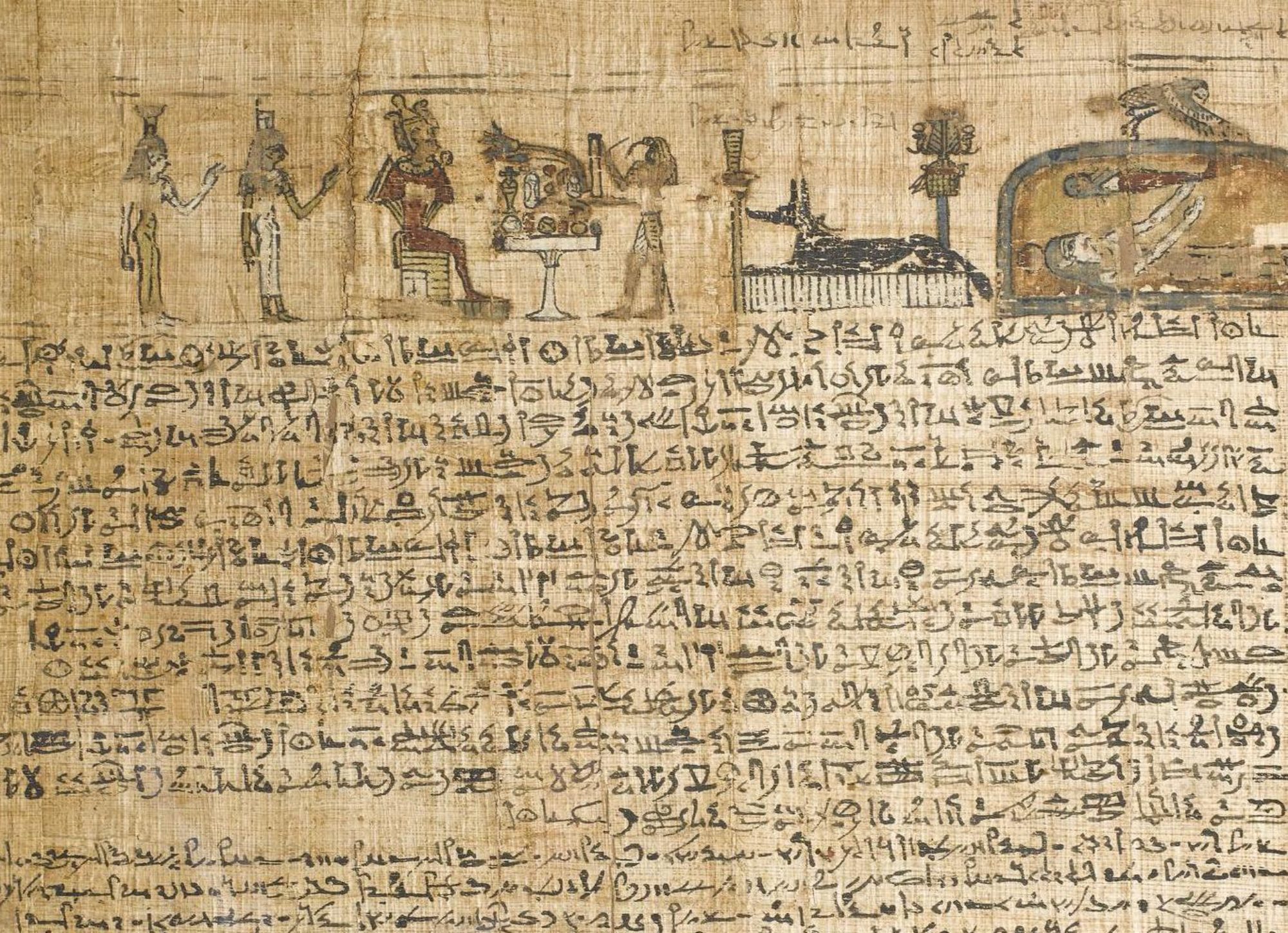A recent story has resurrected a previously rejected theory that part of the pyramids were in fact made of concrete rather than carved limestone blocks. Scholars have debated amongst themselves for decades over how the pyramids were built, but this latest proposal seems to have the majority of them up in arms with Zahi Hawass stating that the theory was ‘plain stupid…To suggest otherwise is idiotic and insulting.’ American pyramid expert Mark Lehner said: ‘All studies of the stone have shown they are made mostly from limestone but also from basalt and granite mined in the region.’ Certainly there is clear evidence that at least some real limestone blocks were used to build the pyramids are there numerous quarries nearby with stumps of removed blocks still visible (Arnold 1990, 31).
Findings published in the December issue of the Journal of the American Ceramic Society state that electron microscopy performed on samples from the pyramids showed that their composition was different from limestone samples taken from around the area and suggested that the elements had been together in a solution.
Apparently, the Egyptian government is unaware of how the samples were obtained and certainly did not give permission for their removal from the monument. I’d like to point out that not only does this call their methods into question, but it also raises several serious concerns with the nature of the samples. If they were removed secretly without permission, the samples are unlikely to be very large and might even represent traces of the mortar used to hold the blocks together rather than the building material itself. Nor are the samples likely to be representative of the entire pyramid; since climbing the pyramid is illegal, they must have been taken from the base.
Eugene Cruz-Uribe, Egyptology professor at Northern Arizona University, commented on Mark Morgan’s blog: ‘I reviewed an article a number of years ago on the pyramids as cement issue. Seems the authors of that proposed article a) illegally extracted samples and b) did poor science. Article was rejected for publication.’ It seems that this has happened yet again.
Not knowing enough about material science, chemistry, engineering, or any of those things, I’m not really in a position to give a serious critique of the article. I’m not so sure about the scientific qualifications of the Egyptologists who are so violently condemning the research either though. While the scientists’ methods are certainly questionable, I’d like to hear more before I make my final judgment. It seems like most scholars have been very quick to dismiss the theory entirely rather than pursue further investigation. I think occasionally Egyptologists associate themselves too closely with the ancient Egyptians and might take the suggestion that the pyramids were not as difficult to build as previously thought as an insult to their engineering prowess. However, I think that if it turned out to be true it would simply be further testament to the Egyptians’ ingenuity and innovation. They pioneered a great many inventions that are still used today, from paper to scissors! So why not concrete too? They certainly used plaster and other similar materials. And there were definitely an awful lot of blocks- Lehner estimates that 9 million tonnes of stone were quarried for the pyramids built between the reigns of Snefru and Menkaure! (Lehner 1985, 109). And however the pyramids were built, they’re still the most enduringly impressive buildings in the world.
Further reading:
Arnold, D. 1990. Building in Egypt: Pharaonic Stone Masonry. Oxford, Oxford             University Press.
Aston, B., etc. 2000. ‘Stone’ in Ancient Egyptian Materials and Technology, eds. Â Â Â Â Â Â Â Â Â Shaw and Nicholson. Cambridge, Cambridge University Press.
Lehner, M. 1985. ‘The Development of the Giza Necropolis: The Khufu Project’. Â Â Â Â Â Â Â Â Â Â Â Â MDAIK 41, 109-143.
Lehner, M. 1997. The Complete Pyramids. London, Thames and Hudson, Ltd.
